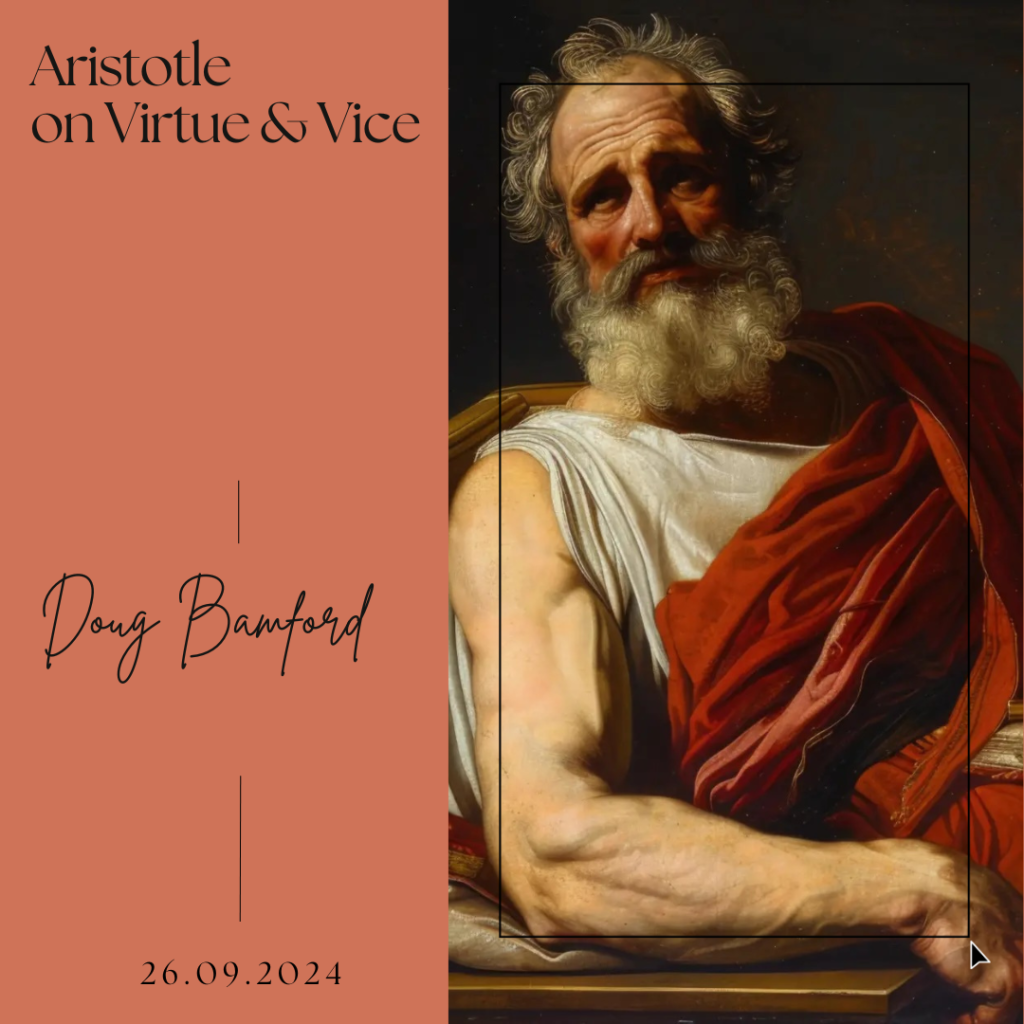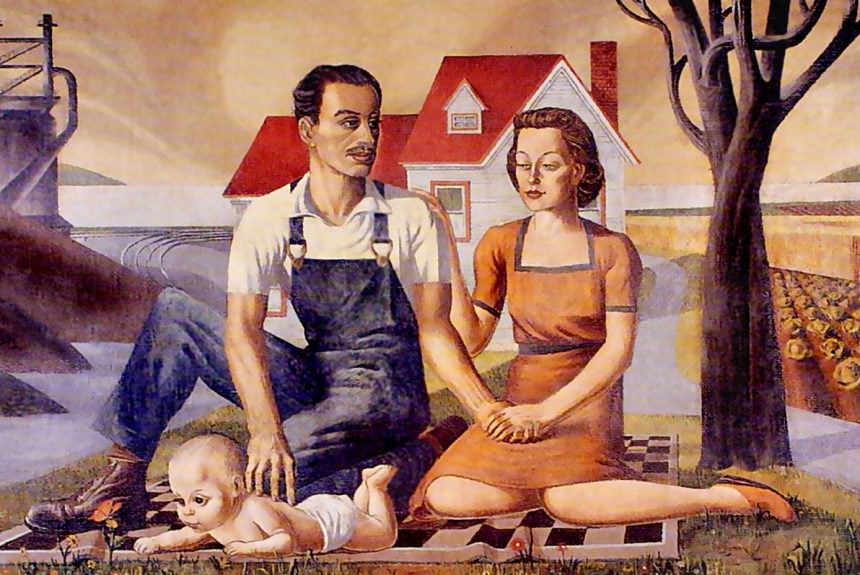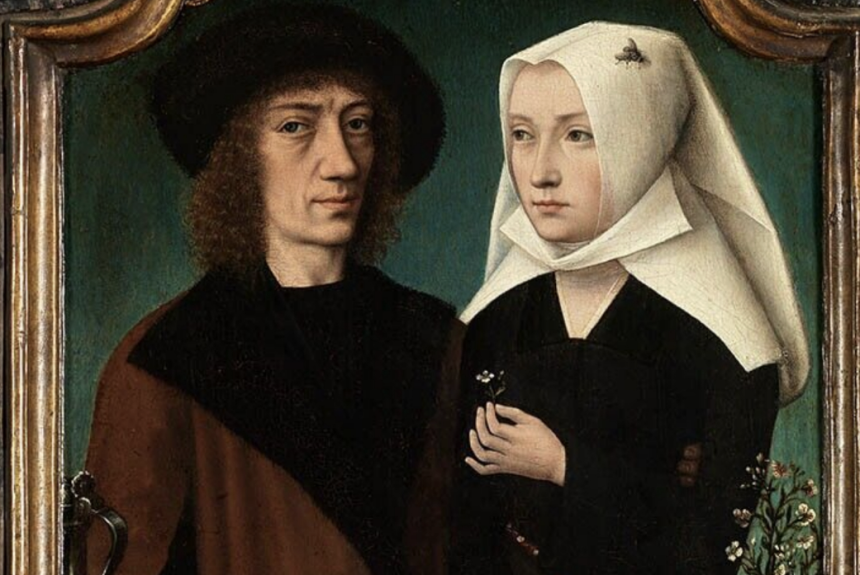Ancient Greek thinker Aristotle (384 BCE – 322 BCE) made significant contributions across various fields of study, including ethics, where his influence endures to this day. Notes on his Ethics lectures have been preserved through the centuries and continue to shape contemporary philosophical thought. For Aristotle, ethics was fundamentally about the cultivation of a virtuous character. He proposed that virtue lies in finding a balanced mean between extremes of excess and deficiency, which he referred to as the “golden mean.” In this lecture, we will delve into Aristotle’s concept of virtue and examine how this idea of the golden mean, as a harmonious balance between opposing vices, applies to modern ethical discussions. We will also consider whether Aristotle’s framework remains relevant and practical in addressing today’s moral challenges.
Please, note:
- the total duration of the event is 1 hour ( ~ 50mins lecture and 10mins Q&A)
- the talk doesn’t require any prior training and anyone can join
- This event will be recorded: the video will be available in 3-5 days after the talk
- Guests can access all videos at a small fee; videos for members are free of charge
- if you wish to become a member – please, learn about our membership plans
Sorry, this event has ended.
You can purchase the access to the video below.
Alternatively, please Become a Member
and enjoy all videos free of charge.
To register for new events, please, check our Schedule.

SPEAKER – DOUG BAMFORD
Doug Bamford teaches short courses in philosophy and political economy with the University of Oxford. His main interest is in political philosophy and its application to public policy. He obtained his PhD in 2013 and became an Associate Fellow of the Higher Education Academy (AFHEA) in 2023. He is author of Rethinking Taxation (2014) and several papers and book chapters (including articles in the Journal of Applied Philosophy, Moral Philosophy and Politics, Problema, and Think). He blogs at Doug Bamford’s Tax Appeal.






Leave a Reply